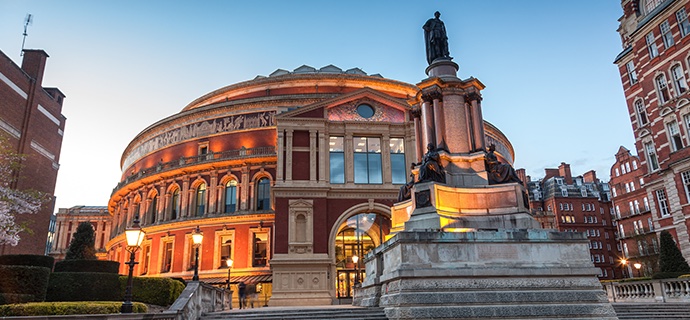Arts funding – levelling up or levelling down?

Last week saw the Arts Council’s National Portfolio Organisation announcement for 2023 – 26. As already anticipated, the strategy was heavily influenced by the government's Levelling Up agenda, which ordered the funding body to reinvest 15% of London’s portfolio funding elsewhere in England. 13 performing arts organisations have been given two years to explore the viability of a move out of the capital through the Arts Council’s Transfer Programme, including the controversial decision to move the English National Opera to Manchester. Many other London-based organisations have received devastating cuts, including 100% cuts to leading theatre venues such as the Donmar Warehouse and Gate Theatre.
We should welcome investment that is long overdue to areas outside of London, not least because of the arts proven track record in enhancing social value, from economic benefits to improved mental and physical wellbeing. See for example the legacy successes of City of Culture, revitalising cities such as Liverpool and Hull, or the impact of the Tate in Cornwall. However, the arts across the country have long suffered financial neglect with reduced statutory funding, increased pressure on alternative funding provisions, and rising operating costs. Sadiq Khan, commenting on the NPO results, said “these cuts could not have come at a worse time, as arts organisations already face a triple whammy of spiralling operating costs, soaring energy bills, and the impact of both the pandemic and the cost-of-living crisis on audience figures”. This also comes at a time when the sector is coming together to tackle the climate crisis, mitigate its carbon footprint through collaborative working using the Theatre Green Book and developing a re-use facility for scenery and props in the Capital.
Removing funding from venues already teetering on the edge of working operational models is a crisis that will have long lasting and far-reaching impacts on the arts ecology nationwide. NPO funding is one of the few funding pots to cover core costs, with little appetite elsewhere to fund overheads. Now should be a time to bring the arts together. Rather than pit London against the rest of England, we should be enhancing investment nationwide, maintaining London’s leading worldwide cultural contributions whilst simultaneously driving ambitious cultural growth across the country. We should also be wary of transferring long-running organisations elsewhere. Subsidised theatre’s impact is due to embedding themselves within a community across many years. It is short-sighted to believe that these venues can operate anywhere, or that they can effectively serve alternate communities. Investment should instead focus on increased collaboration, shared skills and resources, and UK touring, and aim to revitalise a nationwide economy that contributes £10.6billion to the UK economy each year, a £5 return on each £1 of investment.
What next for London?
For London, the impact of these cuts will further damage theatre buildings in the capital, and consequentially put additional pressure on local economies. Cultural venues are often used as cornerstones of area developments, such as the King’s Head Theatre in Angel, or at the commercial scale @Soho Place in Tottenham Court Road, attracting satellite businesses and footfall to areas, enhancing high streets, and contributing to the city’s night-time economy. Theatres also play a vital role in delivering social value way beyond the art they produce, with strong connections in their communities supporting the delivery of health and wellbeing and crime reduction initiatives, through their own outreach schemes and working with other local charities. In a 2020 study on Arts and Place Shaping, it was found that “people who join in cultural activities are more likely to take part in other areas of civic life, such as helping to improve their local neighbourhood”. More recently, theatres have kept their doors open to provide ‘warm spaces’ for their community, a shocking new need brought about by the cost-of-living crisis.
In 2019, WHO commissioned a study into how the arts supports health and wellbeing concluding that “the overall evidence base shows a robust impact of the arts on both mental and physical health”. The real impact of these cuts therefore will have far-reaching consequences. Theatres will have less capacity to deliver for their communities, with financial strain requiring organisations to repurpose their buildings for commercially driven uses and reduce financial investment into social initiatives. This doesn’t mean that they won’t invest everything they can in continuing to deliver this work. However, the risk remains, that just as we saw libraries disappear from London’s high streets, now we may see theatres begin to disappear to.
Perhaps an answer lies in cultural placemaking, taking note of companies like Future City and Fourth Street to provide theatres with the building provisions they need to increase income whilst maintaining their cultural and community offers, and adding enormous value to the enhancement of the developments that they sit within. Looking at projects such as the new Kensington Olympia development, delivering the largest new theatre in 45 years, developers understand the value of culture as a way to invest in place and communities. The challenge now will be to see whether smaller subsidised organisations can gain the same access to regeneration projects as their commercial peers, without removing these valued civic institutions from their home communities.
